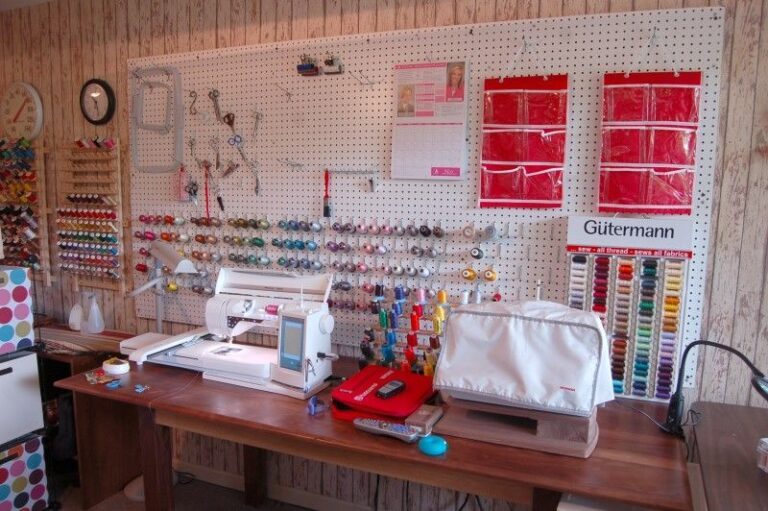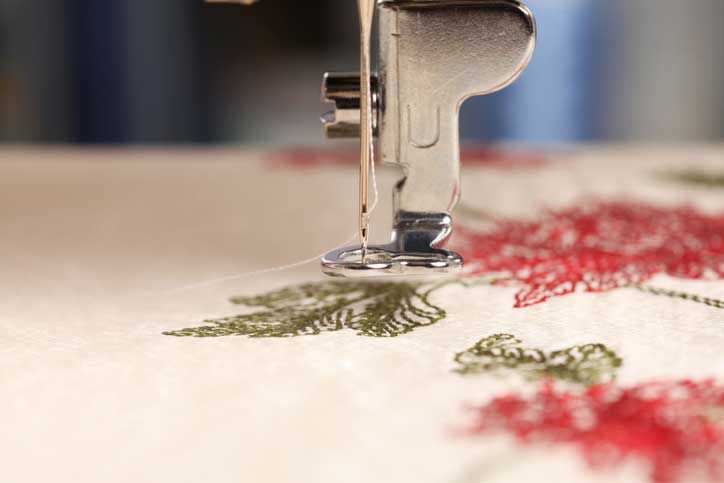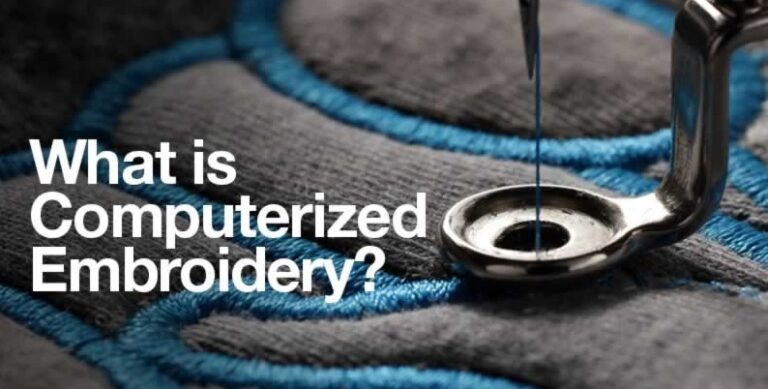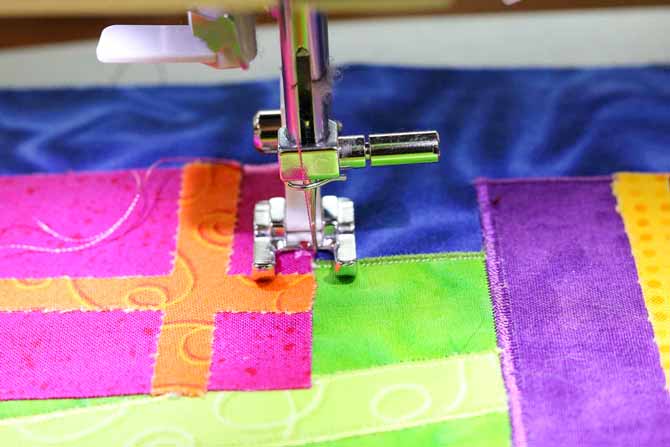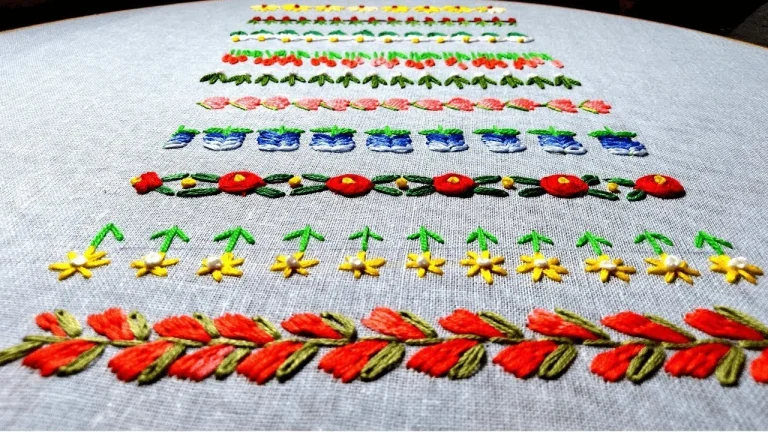Exploring the Depth of 3D Embroidery Designs
Introduction:
3D embroidery designs have revolutionized the world of needlework, adding a new dimension to traditional flat stitching.
These innovative designs bring texture, depth, and life to embroidered creations, making them stand out in both personal and commercial projects.
In this comprehensive guide, we’ll delve into the world of 3D embroidery designs, exploring techniques, applications, and tips for creating stunning three-dimensional embroidery.
What Are 3D Embroidery Designs? 3D embroidery designs, also known as raised embroidery or puff embroidery, are techniques that create a raised, three-dimensional effect on fabric.
Unlike traditional flat embroidery, 3D designs protrude from the surface, adding depth and texture to the stitched image.
Types of 3D Embroidery Techniques:
- Puff Embroidery:
- Uses a special foam material beneath the stitches
- Creates a raised, cushioned effect
- Popular for logos and text on caps and sportswear
- Trapunto:
- Italian quilting technique adapted for machine embroidery
- Creates raised areas by stuffing from the back of the fabric
- Ideal for adding subtle dimension to designs
- Stumpwork:
- Incorporates wire-edged elements that stand away from the fabric
- Creates highly dimensional, almost sculptural effects
- Often used for floral and insect designs
- Layered Appliqué:
- Uses multiple layers of fabric to build up dimension
- Can create a relief-like effect in embroidery designs
- Great for landscapes and textured designs
- 3D Foam Technique:
- Similar to puff embroidery but with more precise control
- Uses specially designed foam that disintegrates with heat
- Allows for detailed raised designs
- Chenille:
- Creates a fuzzy, raised texture using looped stitches
- Often used for lettering and simple shapes
- Gives a towel-like texture to designs
Benefits of 3D Embroidery Designs:
- Visual Impact:
- Adds depth and interest to embroidered items
- Makes designs more eye-catching and memorable
- Tactile Appeal:
- Creates a touchable texture that engages multiple senses
- Enhances the perceived value of embroidered products
- Versatility:
- Can be applied to various items from apparel to home decor
- Suitable for both subtle enhancements and bold statements
- Unique Branding:
- Offers a distinctive way to present logos and branding elements
- Helps products stand out in competitive markets
- Artistic Expression:
- Allows for more creative freedom in embroidery design
- Enables the creation of highly detailed and realistic designs
Creating 3D Embroidery Designs:
- Design Considerations:
- Choose designs that benefit from dimensionality
- Consider the end-use of the item when selecting 3D techniques
- Ensure the design is suitable for the fabric type
- Digitizing for 3D:
- Use specialized digitizing software that supports 3D techniques
- Plan stitch direction and density to achieve the desired 3D effect
- Consider underlay stitches for stability in raised areas
- Material Selection:
- Choose appropriate stabilizers to support 3D elements
- Select threads that complement the 3D technique (e.g., metallic for shine)
- Use specialty materials like foam or wire as needed for the technique
- Machine Settings:
- Adjust tension and speed settings for 3D embroidery
- Use appropriate needles for the chosen technique and materials
- Consider using a specialized 3D embroidery foot if available
- Testing and Refinement:
- Always create test samples before final production
- Adjust design elements based on test results
- Keep notes on successful settings and techniques for future reference
Popular Applications for 3D Embroidery Designs:
- Sports and Team Wear:
- Raised logos and numbers on jerseys and caps
- Textured mascots and emblems
- Corporate Branding:
- 3D logos on company uniforms and promotional items
- Raised text for name badges and signage
- Fashion and Accessories:
- Textured embellishments on clothing
- Raised designs on handbags and shoes
- Home Decor:
- Dimensional elements on pillows and wall hangings
- Textured designs on table linens
- Craft Projects:
- 3D elements in quilting and scrapbooking
- Raised designs for greeting cards and gift items
- Educational Materials:
- Tactile learning aids for children
- Braille and raised-letter books
Tips for Successful 3D Embroidery:
- Start Simple:
- Begin with basic 3D techniques before attempting complex designs
- Practice on scrap fabric to perfect your technique
- Mind Your Fabric:
- Choose fabrics that can support the weight of 3D embroidery
- Consider using additional stabilizers for lightweight fabrics
- Balance is Key:
- Combine 3D elements with flat embroidery for visual interest
- Avoid overcrowding designs with too many raised elements
- Thread Selection:
- Use high-quality threads that can withstand the stress of 3D techniques
- Experiment with different thread types for varied effects
- Maintenance Matters:
- Clean your machine regularly to prevent buildup from 3D materials
- Use appropriate needles and change them frequently
- Consider Wearability:
- For garments, ensure 3D elements are comfortable and practical
- Think about how the item will be washed and cared for
Challenges in 3D Embroidery Design:
- Increased Complexity:
- 3D designs often require more advanced digitizing skills
- May need specialized software and training
- Time and Resource Intensive:
- 3D embroidery typically takes longer to stitch out
- May require more thread and specialty materials
- Durability Concerns:
- Raised elements can be more prone to wear and tear
- May require special care instructions for end-users
- Machine Limitations:
- Not all embroidery machines are equipped for advanced 3D techniques
- May require upgrades or specialized equipment
- Design Restrictions:
- Some designs may not translate well to 3D embroidery
- Size limitations may apply for certain 3D techniques
Future Trends in 3D Embroidery Design:
- Advanced Materials:
- Development of new foams and fibers for enhanced 3D effects
- Integration of smart materials for interactive embroidery
- Improved Software:
- More intuitive 3D digitizing tools in embroidery software
- Better simulation capabilities for previewing 3D designs
- Sustainable Practices:
- Eco-friendly materials for 3D embroidery techniques
- Waste-reduction methods in 3D embroidery production
- Customization:
- Increased demand for personalized 3D embroidery designs
- On-demand production of custom 3D embroidered items
- Cross-Technique Integration:
- Combining 3D embroidery with other textile techniques like printing or weaving
- Exploration of 3D embroidery in non-traditional applications
Case Studies: Successful 3D Embroidery Projects
- Sports Team Rebranding: A professional sports team used 3D puff embroidery for their new logo on uniforms and merchandise, resulting in increased fan engagement and merchandise sales.
- Fashion Designer Collaboration: A high-end fashion designer incorporated 3D stumpwork embroidery into a couture collection, creating buzz in the fashion industry and inspiring new trends.
- Educational Toy Line: A company developed a line of educational toys featuring 3D embroidered elements for tactile learning, receiving accolades for innovation in children’s products.
Conclusion:
3D embroidery designs represent an exciting frontier in the world of needlework, offering new possibilities for creativity and expression.
By understanding the various techniques, applications, and considerations involved in 3D embroidery, crafters and businesses alike can harness this technology to create stunning, memorable designs.
As with any advanced technique, success in 3D embroidery comes with practice, experimentation, and a willingness to push the boundaries of traditional embroidery.
Whether you’re looking to add a new dimension to your personal projects or elevate your brand’s visual presence, 3D embroidery designs offer a world of possibilities limited only by your imagination.
Embrace the depth and texture that 3D embroidery brings to your creations, and watch as your designs literally rise above the rest. Happy stitching in three dimensions!
Related Posts
Discover relevant articles, tutorials, and tips to improve your skills and explore new techniques.
Stay inspired and connected to our embroidery community.

